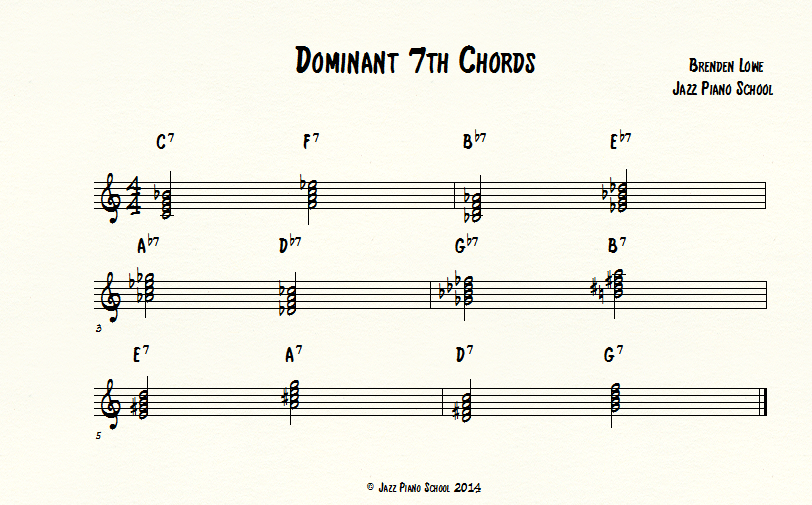learning chord inversions piano
To see how inversions can help with this, play a c chord in the root inversion, followed by the f chord in the second inversion, and then a g chord in the first inversion. the result flows much better than it does if you just stick with root inversions. for the next lesson you can check out different piano chord progressions.. This tutorial gives you a couple of practical and easy practice routines for chord inversions, and gives you an idea of what to focus on in your playing. this is great for beginning/intermediate. Let’s talk about chord inversions. chord inversions are a way to take these same chords you’ve already learned, and restacking the order of the notes in the chord. this serves two purposes. first, chord inversions can change the sound of the chord. second, chord inversions are a great way to move from different chords smoothly without. learning chord inversions piano
1st chord inversion. the first inversion is to make the third the lowest note (the bass) of the chord. in the c major chord, the third is the e note. so the first inversion is the c chord with the bass on e. the notation most widely used in chord notations to represent inversions is a slash. for example: c/e (c with bass on e)..
---> click here <---

